HSBC 2015 Annual Report Download - page 201
Download and view the complete annual report
Please find page 201 of the 2015 HSBC annual report below. You can navigate through the pages in the report by either clicking on the pages listed below, or by using the keyword search tool below to find specific information within the annual report.-
 1
1 -
 2
2 -
 3
3 -
 4
4 -
 5
5 -
 6
6 -
 7
7 -
 8
8 -
 9
9 -
 10
10 -
 11
11 -
 12
12 -
 13
13 -
 14
14 -
 15
15 -
 16
16 -
 17
17 -
 18
18 -
 19
19 -
 20
20 -
 21
21 -
 22
22 -
 23
23 -
 24
24 -
 25
25 -
 26
26 -
 27
27 -
 28
28 -
 29
29 -
 30
30 -
 31
31 -
 32
32 -
 33
33 -
 34
34 -
 35
35 -
 36
36 -
 37
37 -
 38
38 -
 39
39 -
 40
40 -
 41
41 -
 42
42 -
 43
43 -
 44
44 -
 45
45 -
 46
46 -
 47
47 -
 48
48 -
 49
49 -
 50
50 -
 51
51 -
 52
52 -
 53
53 -
 54
54 -
 55
55 -
 56
56 -
 57
57 -
 58
58 -
 59
59 -
 60
60 -
 61
61 -
 62
62 -
 63
63 -
 64
64 -
 65
65 -
 66
66 -
 67
67 -
 68
68 -
 69
69 -
 70
70 -
 71
71 -
 72
72 -
 73
73 -
 74
74 -
 75
75 -
 76
76 -
 77
77 -
 78
78 -
 79
79 -
 80
80 -
 81
81 -
 82
82 -
 83
83 -
 84
84 -
 85
85 -
 86
86 -
 87
87 -
 88
88 -
 89
89 -
 90
90 -
 91
91 -
 92
92 -
 93
93 -
 94
94 -
 95
95 -
 96
96 -
 97
97 -
 98
98 -
 99
99 -
 100
100 -
 101
101 -
 102
102 -
 103
103 -
 104
104 -
 105
105 -
 106
106 -
 107
107 -
 108
108 -
 109
109 -
 110
110 -
 111
111 -
 112
112 -
 113
113 -
 114
114 -
 115
115 -
 116
116 -
 117
117 -
 118
118 -
 119
119 -
 120
120 -
 121
121 -
 122
122 -
 123
123 -
 124
124 -
 125
125 -
 126
126 -
 127
127 -
 128
128 -
 129
129 -
 130
130 -
 131
131 -
 132
132 -
 133
133 -
 134
134 -
 135
135 -
 136
136 -
 137
137 -
 138
138 -
 139
139 -
 140
140 -
 141
141 -
 142
142 -
 143
143 -
 144
144 -
 145
145 -
 146
146 -
 147
147 -
 148
148 -
 149
149 -
 150
150 -
 151
151 -
 152
152 -
 153
153 -
 154
154 -
 155
155 -
 156
156 -
 157
157 -
 158
158 -
 159
159 -
 160
160 -
 161
161 -
 162
162 -
 163
163 -
 164
164 -
 165
165 -
 166
166 -
 167
167 -
 168
168 -
 169
169 -
 170
170 -
 171
171 -
 172
172 -
 173
173 -
 174
174 -
 175
175 -
 176
176 -
 177
177 -
 178
178 -
 179
179 -
 180
180 -
 181
181 -
 182
182 -
 183
183 -
 184
184 -
 185
185 -
 186
186 -
 187
187 -
 188
188 -
 189
189 -
 190
190 -
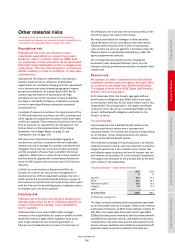 191
191 -
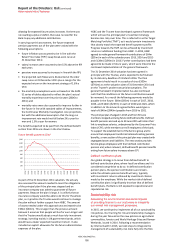 192
192 -
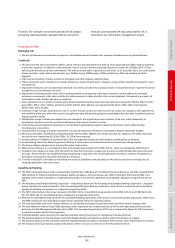 193
193 -
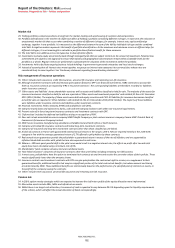 194
194 -
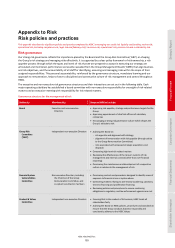 195
195 -
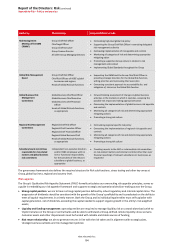 196
196 -
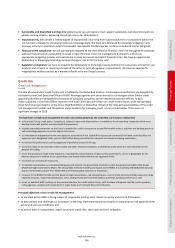 197
197 -
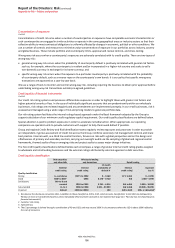 198
198 -
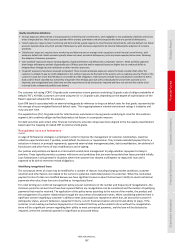 199
199 -
 200
200 -
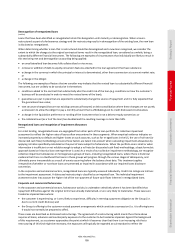 201
201 -
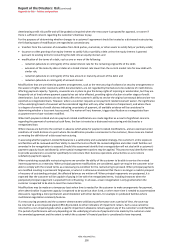 202
202 -
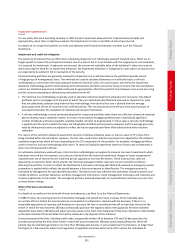 203
203 -
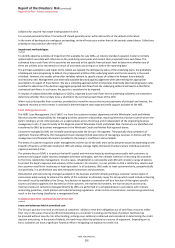 204
204 -
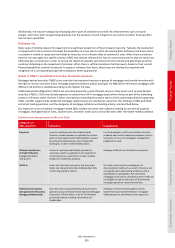 205
205 -
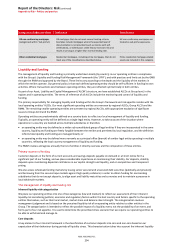 206
206 -
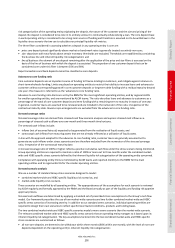 207
207 -
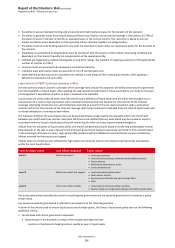 208
208 -
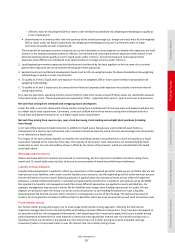 209
209 -
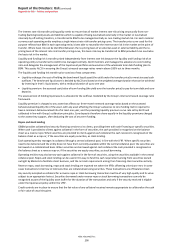 210
210 -
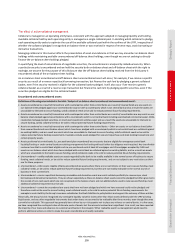 211
211 -
 212
212 -
 213
213 -
 214
214 -
 215
215 -
 216
216 -
 217
217 -
 218
218 -
 219
219 -
 220
220 -
 221
221 -
 222
222 -
 223
223 -
 224
224 -
 225
225 -
 226
226 -
 227
227 -
 228
228 -
 229
229 -
 230
230 -
 231
231 -
 232
232 -
 233
233 -
 234
234 -
 235
235 -
 236
236 -
 237
237 -
 238
238 -
 239
239 -
 240
240 -
 241
241 -
 242
242 -
 243
243 -
 244
244 -
 245
245 -
 246
246 -
 247
247 -
 248
248 -
 249
249 -
 250
250 -
 251
251 -
 252
252 -
 253
253 -
 254
254 -
 255
255 -
 256
256 -
 257
257 -
 258
258 -
 259
259 -
 260
260 -
 261
261 -
 262
262 -
 263
263 -
 264
264 -
 265
265 -
 266
266 -
 267
267 -
 268
268 -
 269
269 -
 270
270 -
 271
271 -
 272
272 -
 273
273 -
 274
274 -
 275
275 -
 276
276 -
 277
277 -
 278
278 -
 279
279 -
 280
280 -
 281
281 -
 282
282 -
 283
283 -
 284
284 -
 285
285 -
 286
286 -
 287
287 -
 288
288 -
 289
289 -
 290
290 -
 291
291 -
 292
292 -
 293
293 -
 294
294 -
 295
295 -
 296
296 -
 297
297 -
 298
298 -
 299
299 -
 300
300 -
 301
301 -
 302
302 -
 303
303 -
 304
304 -
 305
305 -
 306
306 -
 307
307 -
 308
308 -
 309
309 -
 310
310 -
 311
311 -
 312
312 -
 313
313 -
 314
314 -
 315
315 -
 316
316 -
 317
317 -
 318
318 -
 319
319 -
 320
320 -
 321
321 -
 322
322 -
 323
323 -
 324
324 -
 325
325 -
 326
326 -
 327
327 -
 328
328 -
 329
329 -
 330
330 -
 331
331 -
 332
332 -
 333
333 -
 334
334 -
 335
335 -
 336
336 -
 337
337 -
 338
338 -
 339
339 -
 340
340 -
 341
341 -
 342
342 -
 343
343 -
 344
344 -
 345
345 -
 346
346 -
 347
347 -
 348
348 -
 349
349 -
 350
350 -
 351
351 -
 352
352 -
 353
353 -
 354
354 -
 355
355 -
 356
356 -
 357
357 -
 358
358 -
 359
359 -
 360
360 -
 361
361 -
 362
362 -
 363
363 -
 364
364 -
 365
365 -
 366
366 -
 367
367 -
 368
368 -
 369
369 -
 370
370 -
 371
371 -
 372
372 -
 373
373 -
 374
374 -
 375
375 -
 376
376 -
 377
377 -
 378
378 -
 379
379 -
 380
380 -
 381
381 -
 382
382 -
 383
383 -
 384
384 -
 385
385 -
 386
386 -
 387
387 -
 388
388 -
 389
389 -
 390
390 -
 391
391 -
 392
392 -
 393
393 -
 394
394 -
 395
395 -
 396
396 -
 397
397 -
 398
398 -
 399
399 -
 400
400 -
 401
401 -
 402
402 -
 403
403 -
 404
404 -
 405
405 -
 406
406 -
 407
407 -
 408
408 -
 409
409 -
 410
410 -
 411
411 -
 412
412 -
 413
413 -
 414
414 -
 415
415 -
 416
416 -
 417
417 -
 418
418 -
 419
419 -
 420
420 -
 421
421 -
 422
422 -
 423
423 -
 424
424 -
 425
425 -
 426
426 -
 427
427 -
 428
428 -
 429
429 -
 430
430 -
 431
431 -
 432
432 -
 433
433 -
 434
434 -
 435
435 -
 436
436 -
 437
437 -
 438
438 -
 439
439 -
 440
440 -
 441
441 -
 442
442 -
 443
443 -
 444
444 -
 445
445 -
 446
446 -
 447
447 -
 448
448 -
 449
449 -
 450
450 -
 451
451 -
 452
452 -
 453
453 -
 454
454 -
 455
455 -
 456
456 -
 457
457 -
 458
458 -
 459
459 -
 460
460 -
 461
461 -
 462
462 -
 463
463 -
 464
464 -
 465
465 -
 466
466 -
 467
467 -
 468
468 -
 469
469 -
 470
470 -
 471
471 -
 472
472 -
 473
473 -
 474
474 -
 475
475 -
 476
476 -
 477
477 -
 478
478 -
 479
479 -
 480
480 -
 481
481 -
 482
482 -
 483
483 -
 484
484 -
 485
485 -
 486
486 -
 487
487 -
 488
488 -
 489
489 -
 490
490 -
 491
491 -
 492
492 -
 493
493 -
 494
494 -
 495
495 -
 496
496 -
 497
497 -
 498
498 -
 499
499 -
 500
500 -
 501
501 -
 502
502
 |
 |

HSBC HOLDINGS PLC
199
Strategic Report Financial Review Corporate Governance Financial Statements Shareholder Information
Derecognition of renegotiated loans
(Audited)
Loans that have been identified as renegotiated retain this designation until maturity or derecognition. When a loan is
restructured as part of a forbearance strategy and the restructuring results in derecognition of the existing loan, the new loan
is disclosed as renegotiated.
When determining whether a loan that is restructured should be derecognised and a new loan recognised, we consider the
extent to which the changes to the original contractual terms result in the renegotiated loan, considered as a whole, being a
substantially different financial instrument. The following are examples of circumstances that individually are likely to result in
this test being met and derecognition accounting being applied:
• an uncollateralised loan becomes fully collateralised or vice versa;
• removal or addition of debt-to-equity conversion features attached to the loan agreement that have substance;
• a change in the currency in which the principal or interest is denominated, other than a conversion at a current market rate;
or
• a change in the obligor.
The following are examples of factors that we consider may indicate that the revised loan is a substantially different financial
instrument, but are unlikely to be conclusive in themselves:
• conditions added to the contract that substantially alter the credit risk of the loan (e.g. conditions on how the customer’s
business will be conducted in order to meet the revised terms of the loan);
• guarantees are put in place that are expected to substantially change the source of repayment and it is fully expected that
the guarantees have value;
• rate structure changes (that are not existing contractual features) or debt consolidation where these changes are not purely
a concession to allow the obligor to pay a monthly amount that is affordable given its credit distressed circumstances;
• a change in the liquidation preference or ranking of the instrument that is not a debt-to-equity conversion; or
• the collateral level (as a % of the loan) has doubled and the resulting coverage is more than 50%.
Renegotiated loans and recognition of impairment allowances
(Audited)
For retail lending, renegotiated loans are segregated from other parts of the loan portfolio for collective impairment
assessment to reflect the higher rates of losses often encountered in these segments. When empirical evidence indicates an
increased propensity to default and higher losses on such accounts, such as for re-aged loans in the US, the use of roll-rate (or
discounted cash flow) methodology ensures these factors are taken into account when calculating impairment allowances by
applying roll rates specifically calculated on the pool of loans subject to forbearance. When the portfolio size is small or when
information is insufficient or not reliable enough to adopt a roll-rate (or discounted cash flow) methodology, a basic formulaic
approach based on historical loss rate experience is used. As a result of our collective impairment methodology, we recognise
collective impairment allowances on homogeneous groups of loans, including renegotiated loans, where there is historical
evidence that there is a likelihood that loans in these groups will progress through the various stages of delinquency, and
ultimately prove irrecoverable as a result of events occurring before the balance sheet date. This treatment applies
irrespective of whether or not those loans are presented as impaired in accordance with our impaired loans disclosure
convention.
In the corporate and commercial sectors, renegotiated loans are typically assessed individually. Credit risk ratings are intrinsic
to the impairment assessment. A distressed restructuring is classified as an impaired loan. The individual impairment
assessment takes into account the higher risk of the non-payment of future cash flows inherent in renegotiated loans.
Corporate and commercial forbearance
In the corporate and commercial sectors, forbearance activity is undertaken selectively where it has been identified that
repayment difficulties against the original terms have already materialised, or are very likely to materialise. These cases are
treated as impaired loans where:
• the customer is experiencing, or is very likely to experience, difficulty in meeting a payment obligation to the Group (i.e.
due to current credit distress); and
• the Group is offering to the customer revised payment arrangements which constitute a concession (i.e. it is offering terms
it would not normally be prepared to offer).
These cases are described as distressed restructurings. The agreement of a restructuring which meets the criteria above
requires all loans, advances and counterparty exposures to the customer to be treated as impaired. Against the background
of this requirement, as a customer approaches the point at which it becomes clear that there is an increasing risk that a
restructuring of this kind might be necessary, the exposures will typically be regarded as sub-standard to reflect the
